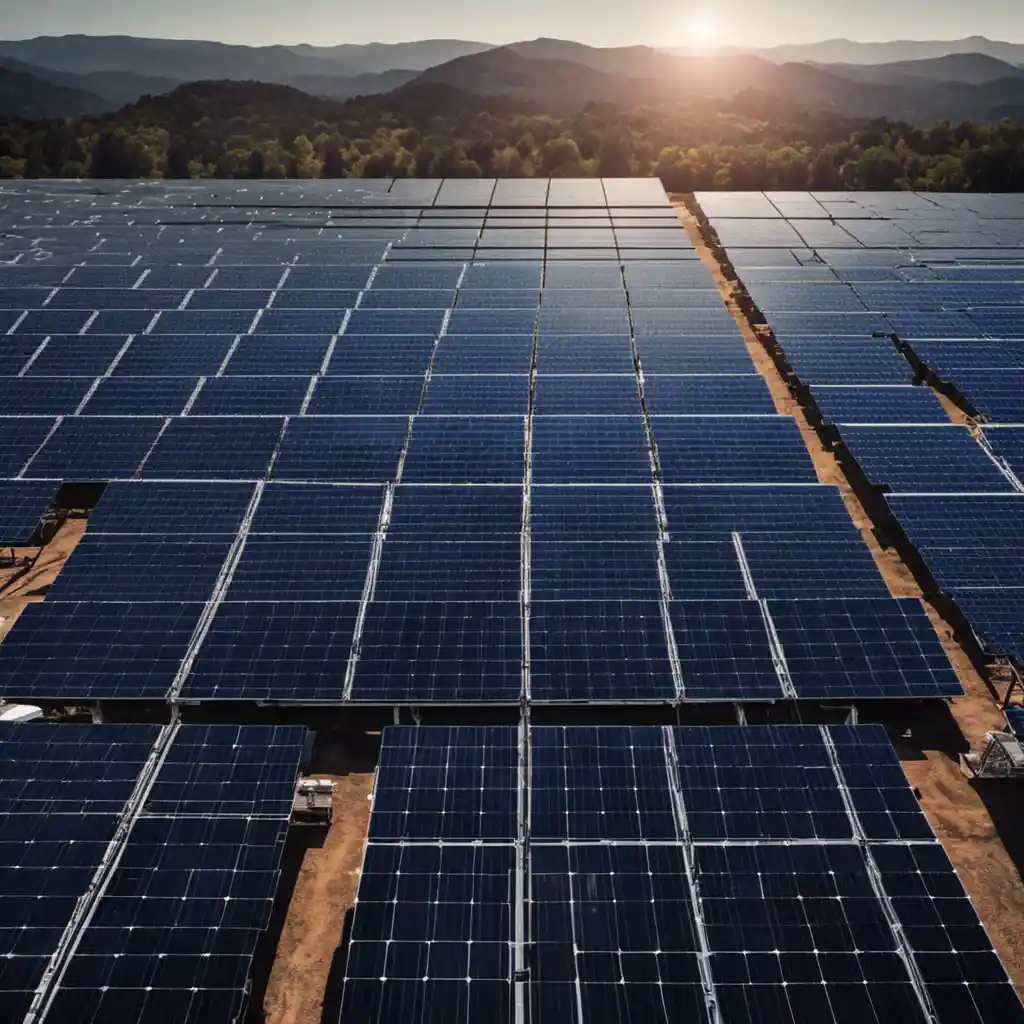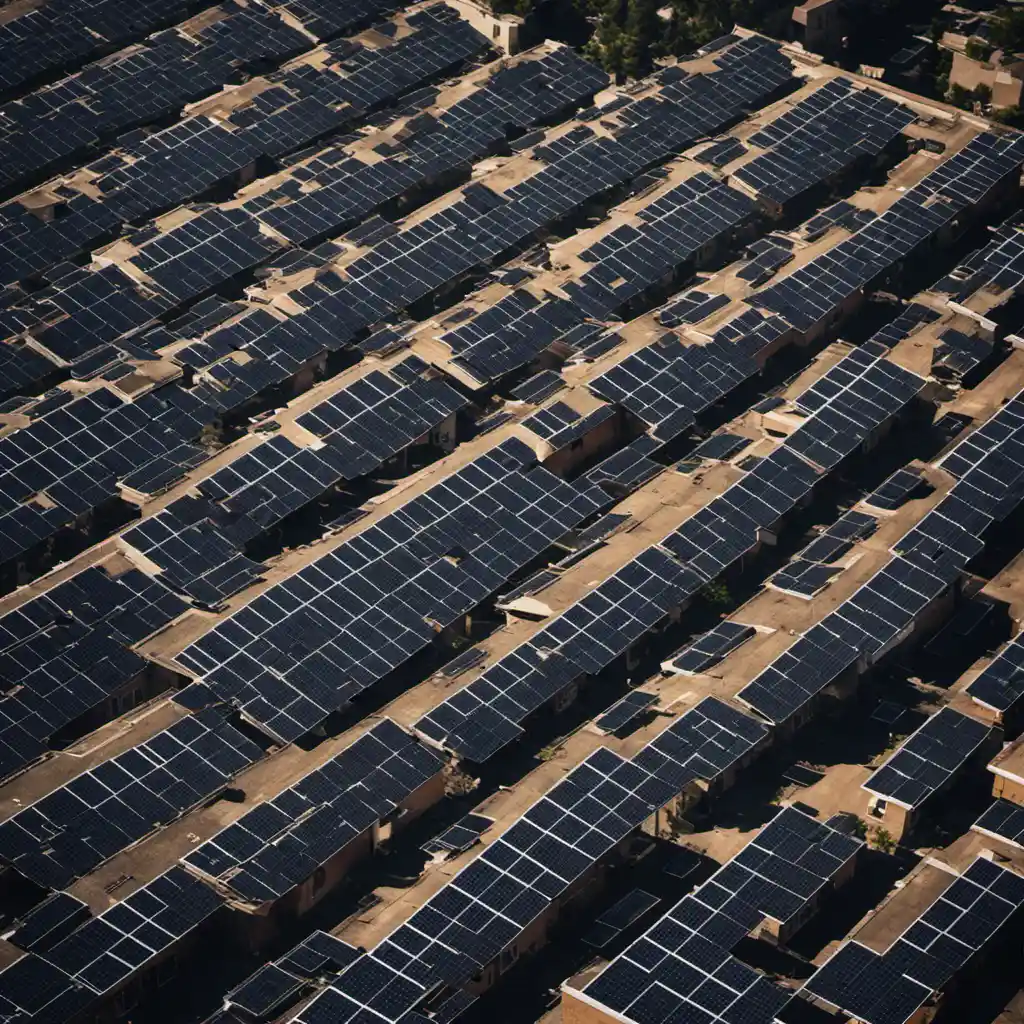Importance of Solar Energy
Solar energy has been growing rapidly with the International Energy Agency reporting that solar power capacity worldwide reached 398 GW in 2019, almost 20 times more than in 2010. According to the U.S. Office of Energy Efficiency & Renewable Energy, the United States alone has enough solar energy potential to meet the country’s electricity needs more than 100 times over. Globally, solar power met about 2.8% of electricity demand in 2019, a figure that is expected to grow in the future.
Role of Solar PV in Clean Energy Transitions
As we push towards a more climate-constrained world, Solar Photovoltaics (PV) play a vital role in the clean energy transition. As outlined in the Sustainable Development Scenario (SDS), the global solar PV market should grow by 16% annually until 2030. Undeniably, solar PV could become the backbone of the world’s electricity system, reducing carbon emissions and fostering socio-economic development.
Solar Energy: A Future Perspective
The coming decade appears to be turning golden for solar power. Indispensable in the transition to clean energy, solar energy statistics point to a promising future. It’s estimated that by 2030, solar will become the most prevalent source of electricity in many regions, thanks to technological advancements and declining costs. Yet, it’s crucial we not only champion progress in the industry but also comprehend the numbers behind it.
Detailed Solar Energy Statistics
Solar Energy Efficiency
Solar panel efficiency has shown notable improvement over the years. In the late 1950s, solar panel efficiency was just around 6%. Fast forward to 2023, efficiency rates have reached up to 24% for top-tier solar panels.
Growth and Job Creation in the Solar Industry
Jobs in the solar industry are expected to grow 63% from 2020 to 2030, according to the U.S. Bureau of Labor Statistics. More than 250,000 Americans work in solar, and solar jobs have increased 159% since 2010, nearly five times faster than job growth in the overall U.S. economy.
Factors Contributing to Solar Industry’s Growth
The boom can be attributed to lower costs, improved technology, government incentives, and increasing public consciousness of environmental impacts. For instance, the Solar Investment Tax Credit (ITC), reduced the cost of installing PV solar energy systems by 30%.
The Efficiency Rate of Solar Panels

The efficiency of solar panels depends on myriad factors such as temperature, incidental light, and orientation towards the sun. However, recent advancements have led to solar panels achieving efficiency rates of over 20%.
Impact of Solar Energy on Property Value
Statistics about solar energy show it’s a smart investment. The U.S. Department of Energy reports that homebuyers are consistently willing to pay more for houses with solar systems, equating to about $15,000 for a typical system.
Global Solar Energy Statistics
Region-Wise Distribution of Solar Energy
Asia accounts for the largest share with 50% of the global renewable capacity in 2023, of which solar PV is a considerable chunk. Europe, followed by North America, Africa, and Latin America, are witnessing consistent solar capacity growth.
Lead in Solar PV Capacity
In terms of countries, China is a frontrunner in solar PV capacity, followed by the United States, Japan, and Germany. India’s substantial strides in the renewable sector have also placed it in the world’s top five countries for solar energy.
Share of Solar PV in Total Power Capacity
The share of solar PV in total power capacity increased from 0.8% in 2010 to 9.8% in 2020 and is expected to reach 15.7% by 2023.
Highlights of Solar Energy Use and Future Projections
Solar PV Power Generation in the Net Zero Scenario, 2015-2030
In a net-zero emissions scenario by 2050, solar PV’s power generation to increase 20-fold between 2020 and 2050. By 2030, it’ll generate approximately 50% more than coal and gas combined, becoming the dominant source of power.
Solar PV Power Capacity in the Net Zero Scenario, 2015-2030

Solar PV power capacity would need to reach approximately 14,000 gigawatts by 2050, an eightfold increase from the existing capacity in 2020.
Solar PV Manufacturing and Supply Chain Trends
Solar panel manufacturing has been centered in China, with other players like the U.S., India, and Malaysia making notable strides. The trend towards decentralization will fortify supply chain resilience in the industry.
Solar Energy Projections and Forecast
Solar energy projections suggest an 18% average annual growth rate until 2030. This translates into adding approximately 125 GW of new capacity each year. By 2040, solar power could account for 20% of global electricity production.
Factors Influencing Solar Energy Statistics
Price Dynamics in the Solar Energy Industry
The price of solar panels has plummeted 70% over the last decade. As prices continue to decline, more households and businesses can afford to go solar, making solar panels a highly desirable alternative energy source.
Effect of Supply Chain Constraints on Solar PV Prices
Supply chain disruptions due to the COVID-19 pandemic had a transient impact on solar PV prices. Notwithstanding, prices remain far below those a decade ago, making panels financially viable.
Growth of Solar Energy with the Fall in Prices
Given the correlation between price decline and solar energy adoption, solar energy statistics show a jump in the uptake of solar energy systems. This has encouraged a number of governments to invest more in solar energy projects.
Solar Energy Usage Across Various Sectors
Residential Use of Solar Energy

Statistics about solar energy show it is increasingly being utilized across residential spaces with homeowners taking advantage of financial incentives. There are over 2 million solar installations in the U.S.
Commercial Use of Solar Energy
Globally, companies have installed almost 25 GW of solar power across 43 countries. The trend is driven by companies striving for sustainability and cost savings.
Use of Solar Energy by Fortune 500 Companies
Fortune 500 companies, including Apple, Amazon, and Walmart, are setting ambitious renewable energy goals, often underpinned by solar. These corporations are installing solar at unprecedented rates, leading to a 10% increase in U.S. commercial solar capacity in 2019.
Solutions and Recommendations for a Solar-Powered Future
Facilitating Permits for Utility-Scale Systems
To accelerate solar deployment, utilities should streamline the permitting process for solar installations. This includes steps such as conducting online permit reviews instead of in-person ones.
Creating a Balanced Policy Environment for Distributed PV
Incentives for utility-scale solar systems should be balanced by equivalent incentives for distributed solar PV systems.
Adoption of Off-grid Electrification Systems
Investment in off-grid solar power systems must be encouraged in order to reach remote communities and rural areas where the grid does not extend.
Cost Reduction Strategies for Solar PV
The industry must continue working on cost reduction strategies like large-scale manufacturing, improved system reliability and the use of advanced inverter technologies.
The future of solar energy looks bright, with the uptake escalating and costs diminishing. Industries, governments, and citizens across the globe are encouraging this transition. We hope these detailed solar energy statistics provide a comprehensive picture of the current landscape and upcoming trends. If you want to know more about what solar energy is, appreciate the technologies behind it, and comprehend how it functions, you can visit our extensive guide on solar energy.



